
25 Mar 2024
Electrical and electronic equipment when becoming waste (e-waste) such as personal computers, printers, televisions, mobile phones, refrigerators and air-conditioning units is one of the fastest growing waste streams in the world today. E-waste is categorized as hazardous waste due to the presence of toxic materials such as mercury, lead and brominated flame retardants are considered as hazardous waste according to the Basel Convention. E-waste may also contain precious metals such as gold, copper and nickel and rare materials of strategic value such as indium and palladium. These precious and heavy metals could be recovered, recycled and used as valuable source of secondary raw materials. It has been documented that e-wastes are shipped to developing countries where it is often not managed in an environmentally sound manner, thus posing a serious threat to both human health and the environment.

25 Mar 2024
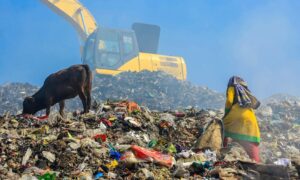
29 Feb 2024

17 Oct 2022
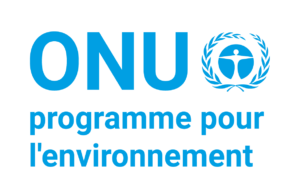
Organisations inter-gouvernementales
Branche produits chimiques et déchets du PNUE


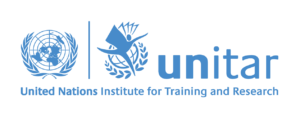
Organisations inter-gouvernementales
UNITAR
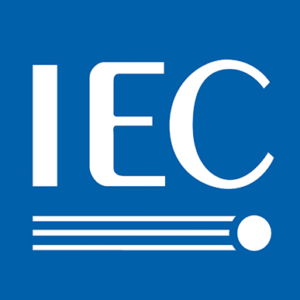

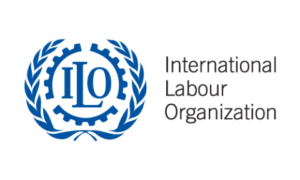
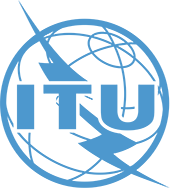
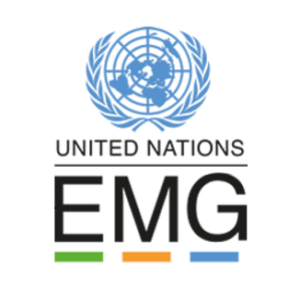
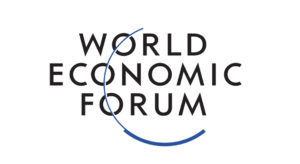
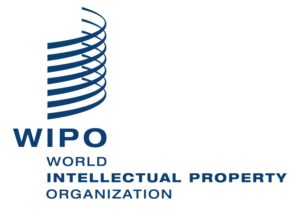


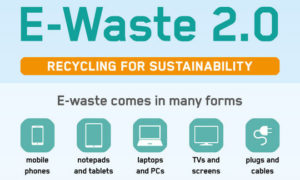
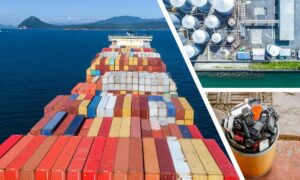
Cours en ligne
BRS, OMC
